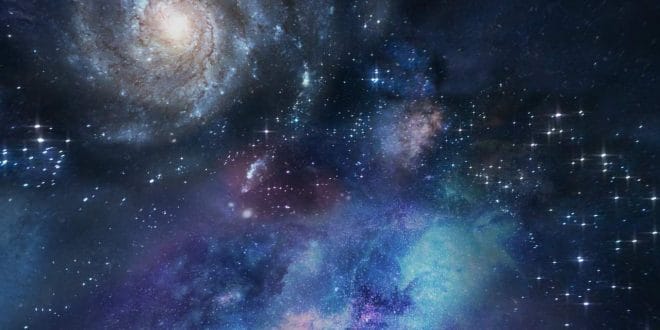Summary:
Yes, there are stars that are both younger and older than our Sun. Stars form continuously throughout the universe, so there are always younger stars being born from clouds of gas and dust. On the other hand, some stars are much older than the Sun, having formed billions of years ago and evolved through various stages of their life cycles.
Explaining Are There Stars That Are Younger or Older Than Our Sun:
Stars come in all ages, just like people do. Some are born recently, while others have been around for billions of years. Our Sun falls somewhere in the middle, but there are plenty of stars both younger and older than it in the vast expanse of space.
Younger Stars:
Stars are born from giant clouds of gas and dust in space. These clouds, called nebulae, are nurseries where new stars form. When a cloud collapses under its own gravity, it can give birth to one or more stars. These newborn stars are often surrounded by disks of gas and dust, where planets may eventually form. Young stars shine brightly as they convert hydrogen into helium through nuclear fusion in their cores.
Older Stars:
As stars age, they undergo changes in their structure and behavior. Some stars, like our Sun, evolve relatively slowly over billions of years, gradually changing in size, temperature, and luminosity. Other stars, particularly massive ones, have shorter lifespans and burn through their nuclear fuel more quickly. These stars may end their lives in spectacular explosions called supernovae, leaving behind remnants like white dwarfs, neutron stars, or black holes.
Observing Stellar Ages:
Astronomers can estimate the ages of stars by studying their properties and behavior. Young stars may be surrounded by disks of gas and dust, emit strong radiation, or display signs of ongoing nuclear fusion. Older stars may show evidence of evolution, such as expanding outer layers, variability in brightness, or the presence of remnants from past stages of their lives.
Stellar Populations:
Stars are not all the same age—there are different generations of stars spread throughout the universe. Some regions of space contain young, hot stars, while others are populated by older, cooler stars. By studying the distribution of stars in galaxies and star clusters, astronomers can learn more about the processes of star formation and evolution over cosmic timescales.
Stars come in a variety of ages, from newborns to ancient giants. Our Sun is just one of billions of stars in the universe, each with its own story to tell. By studying the ages of stars, astronomers can piece together the history of the cosmos and unravel the mysteries of how stars form, evolve, and shape the universe.
FAQs
Yes, there are many stars that are younger than our Sun. These include stars in various stages of formation within stellar nurseries, such as the Orion Nebula. Younger stars often exhibit characteristics that differ from our Sun, such as higher activity levels and faster rotation.
Yes, there are also stars that are significantly older than our Sun. Some of these older stars are found in globular clusters and the halo of our galaxy. These ancient stars can be several billion years older than the Sun.
Astronomers determine a star’s age through various methods, including studying its position on the Hertzsprung-Russell diagram, its chemical composition, and its stellar evolution model. By comparing these factors with theoretical models of stellar evolution, they can estimate a star’s age.
Stars in our galaxy can range in age from a few million years to over 13 billion years. The Sun is approximately 4.6 billion years old, which places it in the middle of this range.
The age of a star influences its physical characteristics, such as its size, brightness, and temperature. Younger stars are generally hotter and more luminous, while older stars tend to be cooler and dimmer. Older stars may also have different chemical compositions due to the accumulation of heavier elements over time.
Yes, a star’s age significantly impacts its future evolution. Younger stars are in their main sequence phase, where they burn hydrogen in their cores. As they age, they go through various stages, such as becoming red giants, and eventually, they might end their lives as white dwarfs, neutron stars, or black holes, depending on their mass.
 Lifeved The Keys to a Better
Lifeved The Keys to a Better



 by
by